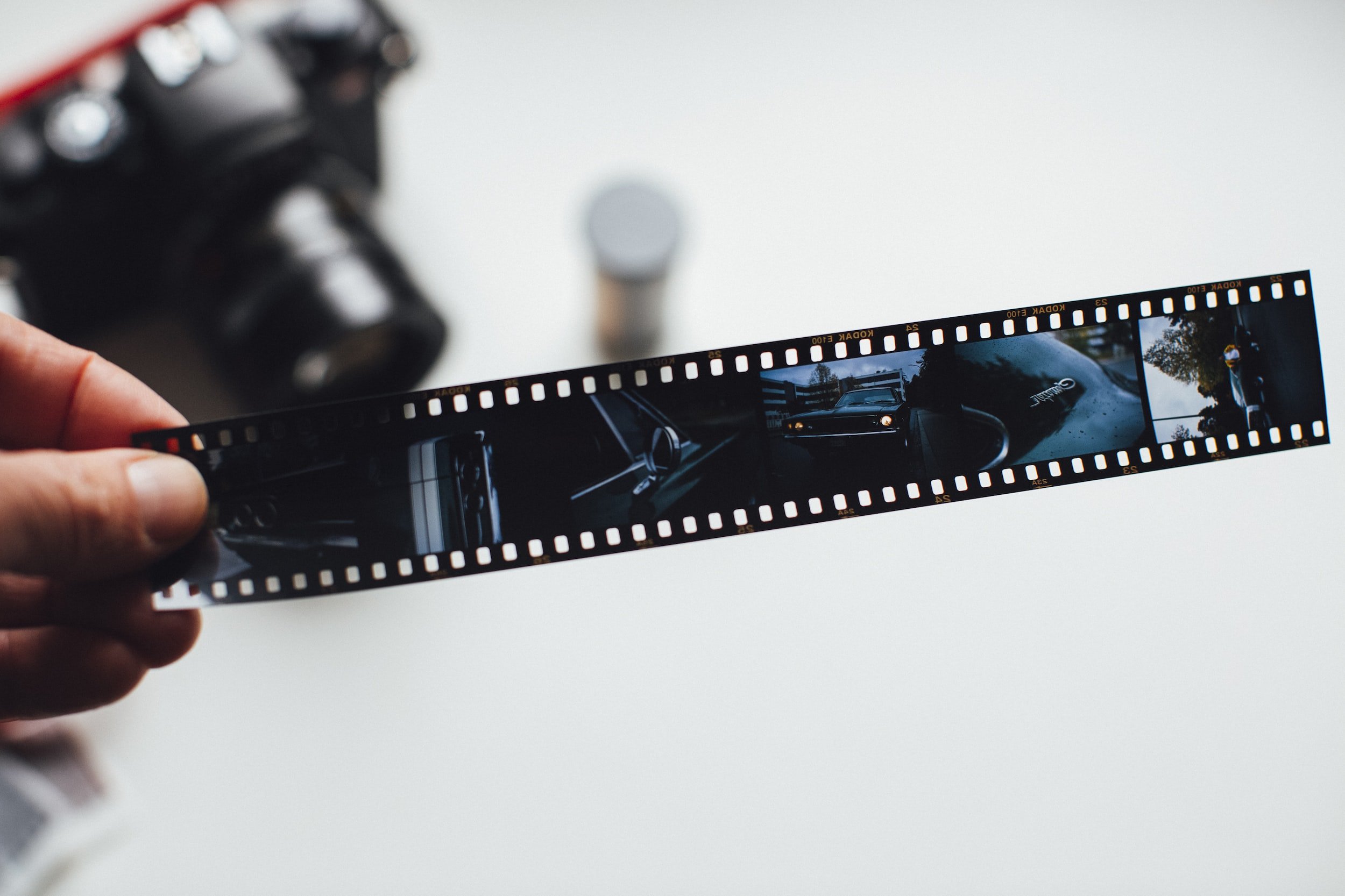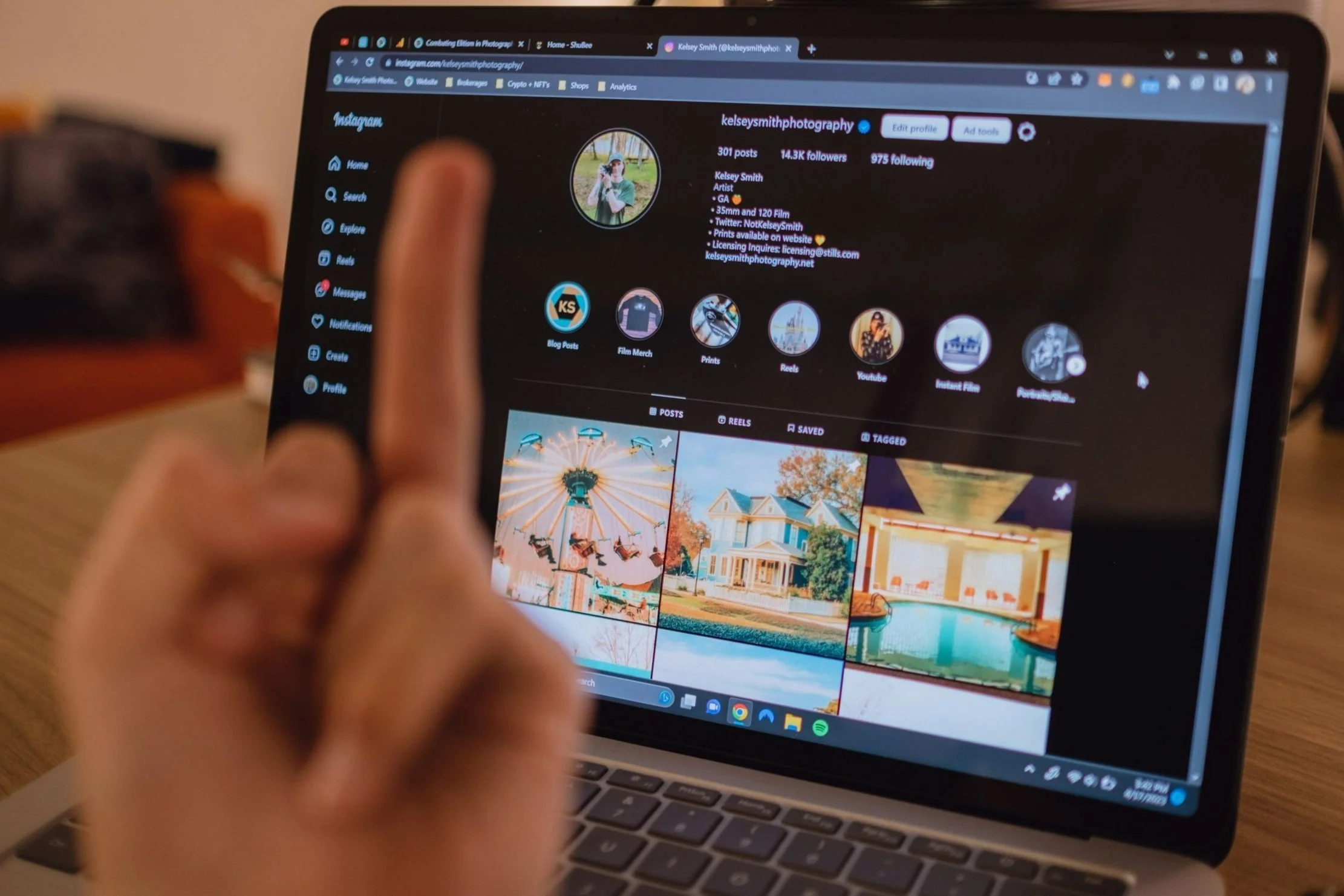Combating Elitism in Photography: Fostering Inclusivity and Creativity in the Art World
*Disclosure: This post may contain affiliate links that at no additional cost to you, I may earn a small commission.
Photography is an incredible art form that has the power to capture moments, evoke emotions, and tell stories. Unfortunately, the photography community is not immune to the existence of elitism, a toxic mentality that can create barriers and stifle creativity. Elitism in photography often manifests itself through the belief that only certain individuals, techniques, or equipment are worthy of recognition, and that newcomers or those who deviate from established norms are somehow inferior or less talented. This mentality, fueled by a combination of pride, exclusivity, and a resistance to change, can have a profoundly negative impact on photographers and the broader community.
In this blog post, we will delve into the various reasons behind the prevalence of elitism in photography, shedding light on its damaging consequences and exploring ways to counteract this toxic mindset. By understanding the root causes of elitism and actively working towards a more inclusive and open-minded community, we can ensure that photography remains a vibrant, dynamic, and accessible art form that continues to inspire and connect people from all walks of life.
The Perceived Hierarchy of Gear
One of the most prevalent sources of elitism in photography is the fixation on gear and the resulting perception of a hierarchy based on the equipment used. Some photographers may view those who use smartphones, entry-level DSLRs, or plastic toy film cameras as amateurish or not serious about their craft. They may claim that only high-end gear, such as top-of-the-line DSLRs or mirrorless cameras with expensive lenses, can produce truly great images.
This mindset not only dismisses the immense technological advancements in smartphone cameras and the creative potential they offer but also overlooks the charm and unique qualities that can be achieved with older film cameras or more basic digital models. In reality, the most important factor in creating compelling photographs is the skill, creativity, and vision of the person behind the camera. A talented photographer can capture stunning images using any type of equipment, while an inexperienced one may struggle to create great art even with the most advanced gear.
Moreover, by perpetuating the idea that certain cameras or equipment are superior, elitists contribute to a culture of consumerism that can pressure photographers to constantly upgrade their gear in search of validation or success. This can create an unnecessary financial burden and distract photographers from the true essence of their craft – the art of capturing moments and telling stories through images.
By challenging the perceived hierarchy of gear and embracing the notion that great photography can be created with any tool, photographers can foster a more inclusive and creative environment that encourages experimentation, growth, and the celebration of diverse artistic perspectives.
The Pursuit of "Purity" and Authenticity
Another aspect of elitism in photography is the pursuit of "purity" and authenticity, often manifested in debates about the validity of different photographic techniques or post-processing methods. Some photographers argue that certain styles or approaches are more "true" or "authentic" than others, asserting that their own preferred methods are the only acceptable way to create meaningful art.
For instance, purists may criticize the use of Photoshop or other editing tools to manipulate images, claiming that it detracts from the integrity of the art. Similarly, film photography enthusiasts might dismiss digital photographers as lacking the skills or dedication required to master the nuances of analog processes. These attitudes create an unnecessary divide within the photography community, stifling creativity and hindering the exchange of ideas and techniques.
In reality, the beauty of photography lies in its versatility and the countless ways it can be used to express oneself. There is no single "correct" approach or technique; every photographer has the freedom to choose their own path and develop their own unique style. By embracing this diversity and fostering an open-minded environment that encourages experimentation and collaboration, photographers can break free from the constraints of elitism and unlock the full potential of their art.
The notion of "purity" and authenticity in photography is not only limiting but also ignores the fact that the medium is always evolving, with new techniques and technologies constantly reshaping the landscape of the art form. Emphasizing the importance of innovation and adaptability, rather than clinging to outdated notions of authenticity, can help to combat the toxic effects of elitism and create a more inclusive and supportive community for all photographers.
The Impact of Social Media and Online Validation
Social media has played a significant role in perpetuating elitism in the photography world. With the rise of platforms like Instagram, Twitter, Tik Tok, and Facebook, photographers have become more focused on gaining likes, followers, and validation from their online peers than the actual art of photography. This has led to a culture where the quantity of social media engagement is often valued more than the quality of the work itself.
Elitism in this context can manifest in several ways. Some photographers may look down on others for not having as many followers or for not adhering to popular trends and aesthetics. Others may place a higher value on images that receive more likes and shares, disregarding the artistic merit or personal meaning behind the work. This can lead to a narrow and superficial understanding of what constitutes "good" photography and may discourage photographers from exploring their own unique creative voices.
Furthermore, the emphasis on social media validation can create a sense of competition and comparison, which fuels the toxic cycle of elitism. Photographers may feel pressured to conform to certain styles or trends in order to fit in and gain approval from their online community, rather than pursuing their own creative vision. Unfortunately, nearly everyone has fallen victim to this at some point, making it all too easy to link one's self-worth as a photographer to these arbitrary, ever-evolving social media numbers. In extreme cases, this can lead to feelings of inadequacy and self-doubt, discouraging photographers from sharing their work or pursuing their passion.
To counteract this aspect of elitism, it's essential to cultivate a healthy relationship with social media and to recognize its limitations as a measure of artistic worth. By focusing on personal growth, creative exploration, and the intrinsic value of photography as an expressive medium, photographers can resist the pull of online validation and create a more supportive and inclusive community. Encouraging constructive feedback, collaboration, and open-mindedness can help to break down the barriers created by elitism and foster a more positive and nurturing environment for all photographers.
The Detrimental Effects of Elitism on Creativity and Growth
Kelsey Smith Photography©
Elitism in photography not only affects the way photographers interact with one another but also significantly hinders creativity and growth within the community. By upholding a rigid set of standards and expectations, elitism creates an environment where conformity is rewarded and deviation is discouraged. This stifles innovation and exploration, as photographers may feel pressured to adhere to established norms rather than pushing the boundaries of their craft.
Moreover, elitism can foster a fear of failure and judgment, which can be paralyzing for both emerging and experienced photographers. This fear can prevent artists from taking risks, experimenting with new techniques or subject matter, and ultimately, from growing as photographers. In such a climate, the focus shifts from personal artistic development and expression to seeking the approval of others, which can be detrimental to one's creative journey.
Additionally, elitism creates barriers to entry for aspiring photographers who may not have access to expensive equipment or formal education. This not only perpetuates the idea that only certain individuals are "worthy" of being photographers but also limits the diversity of perspectives and voices within the community. By excluding talented and passionate artists based on arbitrary criteria, the photography world misses out on the rich tapestry of creativity that could be fostered through a more inclusive and welcoming approach.
To counteract these negative effects, it's crucial for photographers to challenge the notion of elitism and embrace a more inclusive, diverse, and open-minded perspective. By celebrating and encouraging experimentation, risk-taking, and individual expression, the photography community can foster an environment where creativity and growth can flourish, benefiting both artists and the art form itself.
Conclusion
Elitism in photography is a pervasive and toxic issue that has far-reaching implications for the community as a whole. By creating an environment where only certain individuals, techniques, and equipment are deemed worthy, elitism stifles creativity, hinders growth, and excludes a diverse range of voices and perspectives from the conversation. This not only limits the potential for innovation within the field but also fosters a culture of fear and conformity that prevents photographers from fully expressing themselves and taking creative risks.
It is crucial for photographers, both established and aspiring, to actively challenge and dismantle elitist attitudes and practices within the community. This can be achieved by promoting inclusivity, encouraging experimentation, embracing diverse perspectives, and fostering a culture that values personal artistic growth over external validation. By doing so, the photography community can create a more welcoming and nurturing environment that allows creativity and innovation to thrive, enriching the art form and benefiting everyone involved.
Ultimately, photography is a powerful and versatile medium that has the potential to bring people together, inspire change, and capture the beauty and complexity of our world. By moving beyond elitism and embracing a more inclusive and open-minded approach, photographers can help ensure that this art form continues to grow and evolve, reflecting the rich diversity and creativity of the human experience. So go out there and shoot that Holga with Lomochrome purple and explore your creativity without a care in the world!
Everything you need to get started with 35mm film:
Cameras - eBay
Film - Amazon
Cinestill CS41 Developing Kit - Amazon
Epson V600 Flatbed Scanner - Amazon






